Big cats, a fascinating group of apex predators, showcase an incredible diversity in their ability to adapt to varied and often harsh climates. While some thrive in the most extreme conditions on Earth, others find it challenging to survive outside their natural habitats. Understanding the factors that contribute to their success or struggle in harsh climates reveals the remarkable adaptability and vulnerability of these majestic creatures.
Habitats of Big Cats
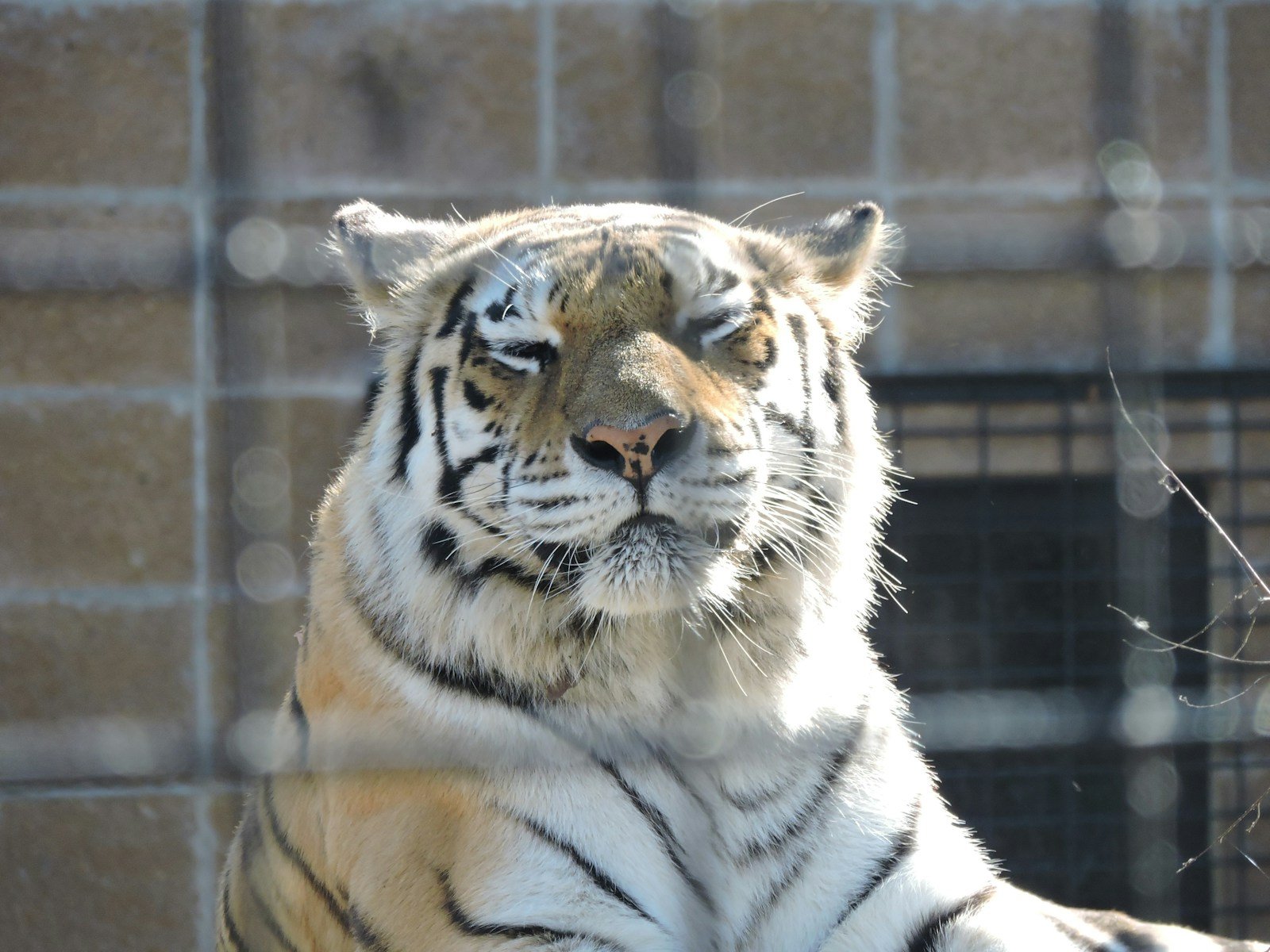
Big cats, including lions, tigers, leopards, jaguars, and snow leopards, inhabit a range of environments from tropical rainforests to arid deserts and freezing mountainous regions. Each species has evolved to suit its specific habitat, often developing unique physiological and behavioral traits that enable survival in that particular climate.
Adaptive Traits of Big Cats in Extreme Environments
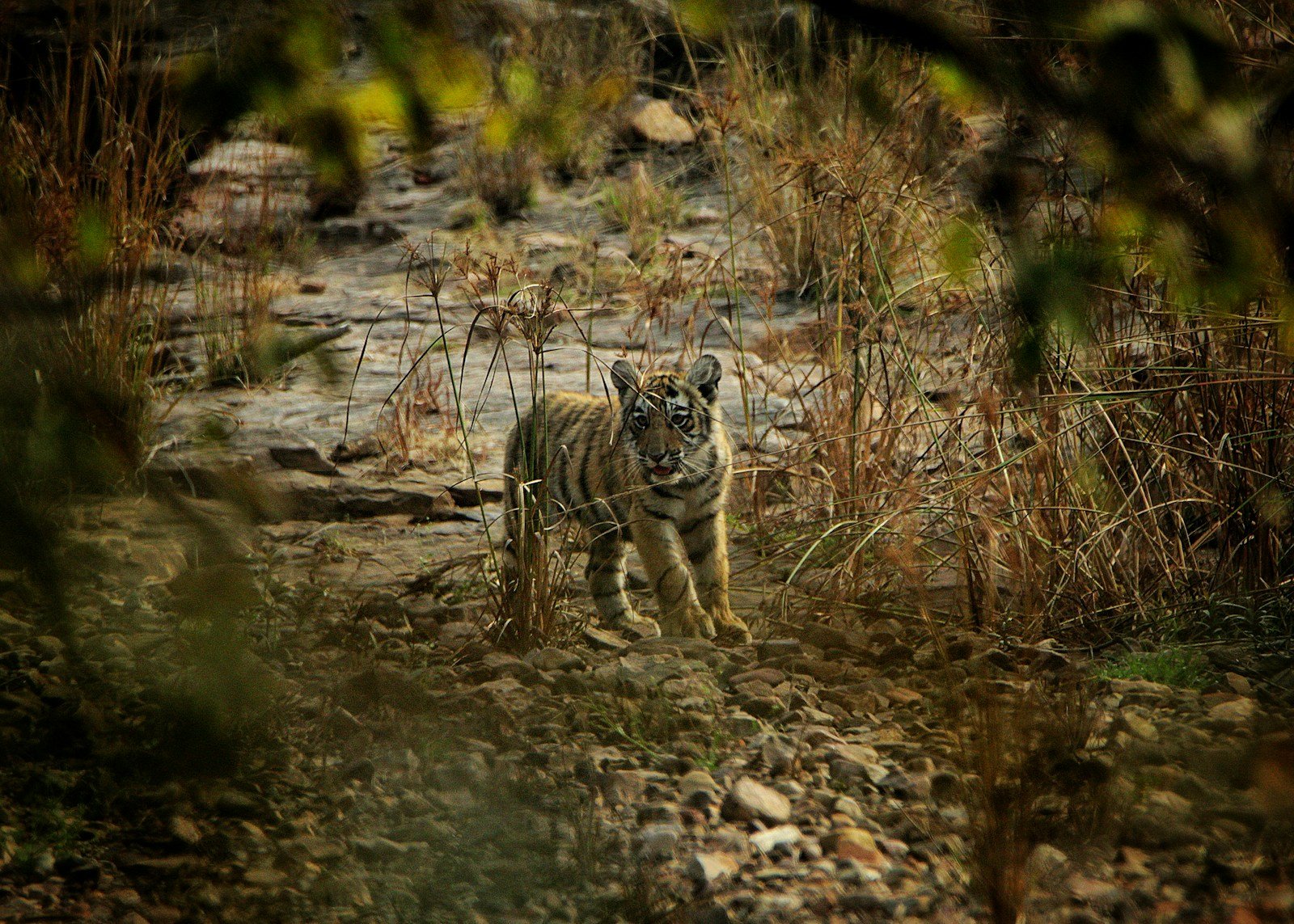
Surviving in harsh climates requires specialized adaptations. These adaptations can be physical, like thick fur and large paws, or behavioral, such as altering hunting strategies. For instance, snow leopards possess thick, long fur and a unique nasal structure that warms the cold air before it reaches their lungs, enabling them to thrive in the frigid Himalayas.
The Role of Metabolic Rates

Metabolic rates significantly impact a big cat’s ability to thrive in extreme climates. Cats adapted to colder environments often have lower metabolic rates, conserving energy and generating less body heat. Conversely, those in hotter climates may have higher metabolic rates that facilitate rapid cooling and heat dissipation.
Ecological Niches and Competition
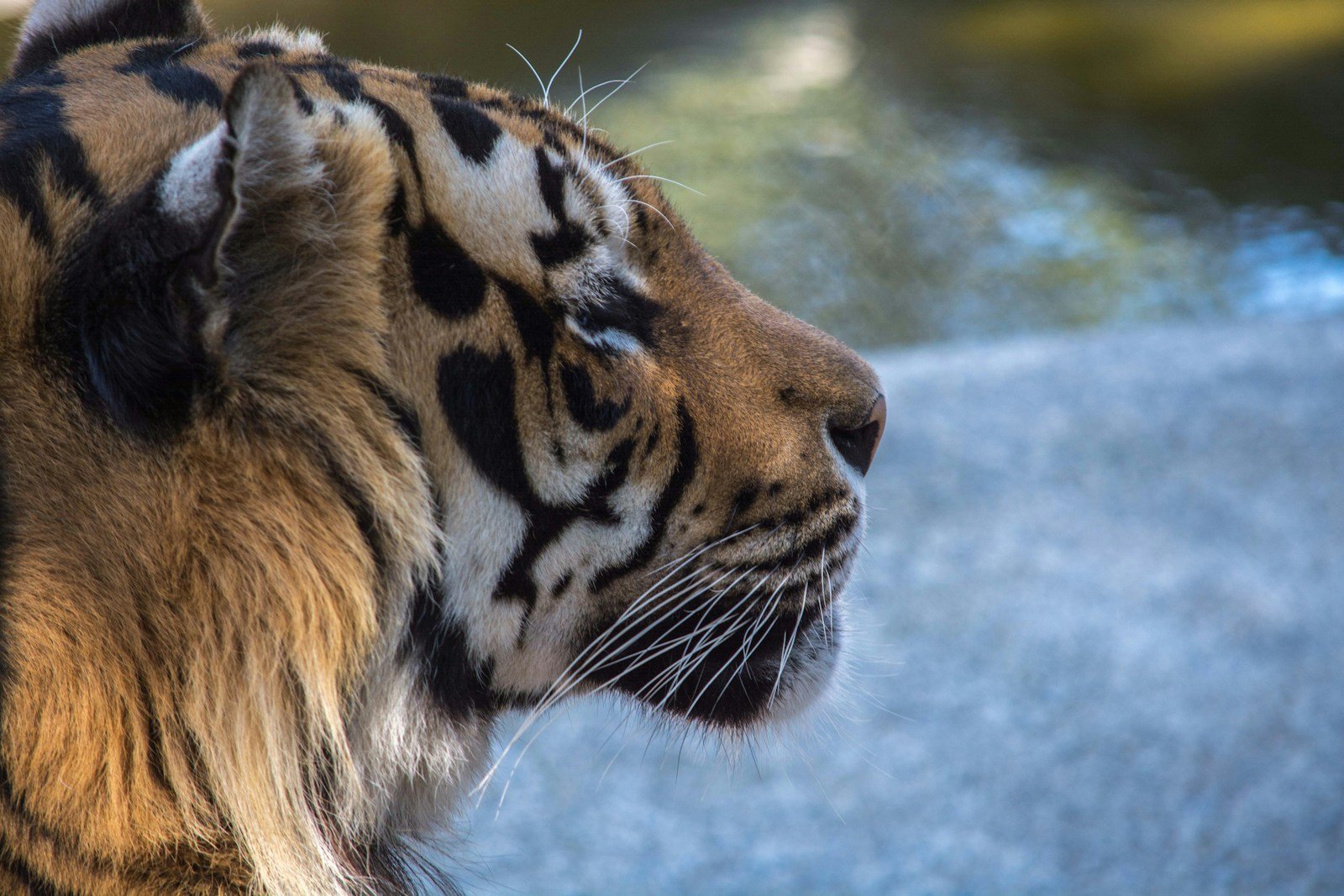
Big cats often compete with other predators for limited resources. In harsh climates, those that can exploit a unique ecological niche are more likely to thrive. For example, cheetahs have evolved unparalleled speed, allowing them to outcompete other predators in open savannahs.
The Impact of Prey Availability
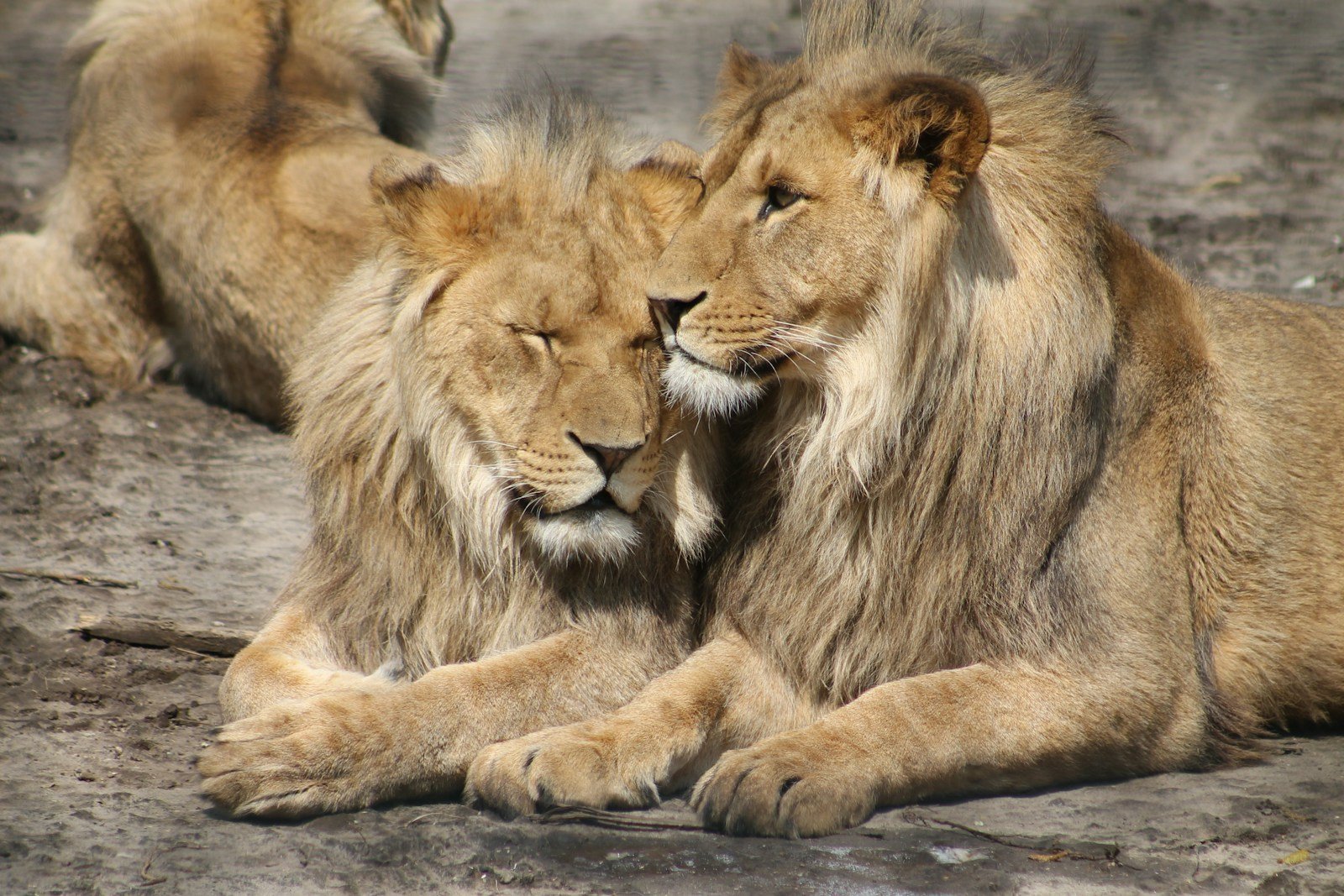
Prey availability is crucial for the survival of big cats. In environments where prey is scarce, such as deserts or mountainous regions, big cats must be adept hunters. They may evolve stealthy hunting techniques or have greater home ranges to locate sufficient food sources.
Human Impact and Habitat Fragmentation
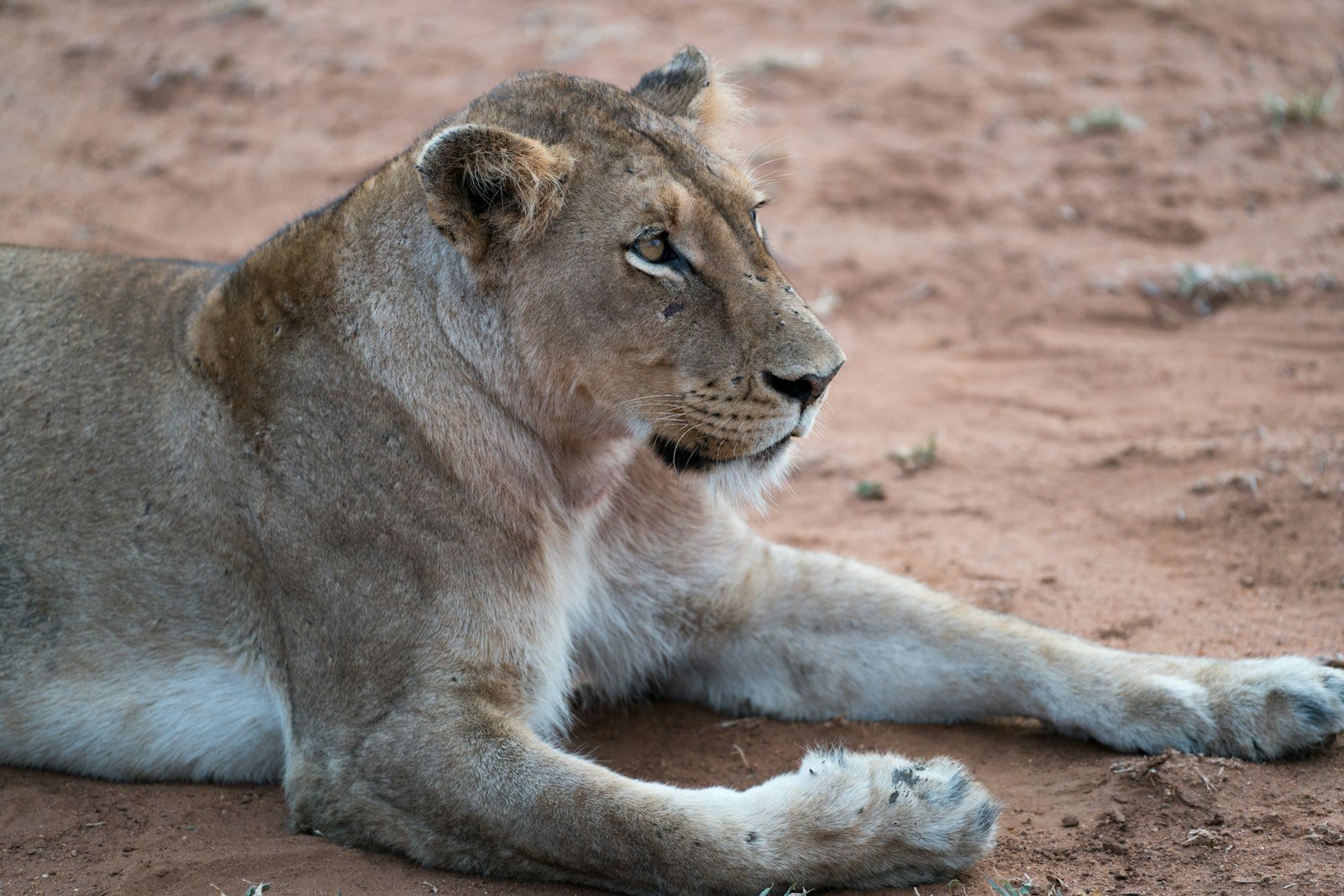
Human activities, including habitat destruction and fragmentation, significantly threaten big cats’ survival. These actions often lead to reduced prey populations and increased competition among predators. Big cats that cannot adapt to these changes may struggle more than those with a broader diet or more flexible habitat needs.
Climate Change and Its Effects
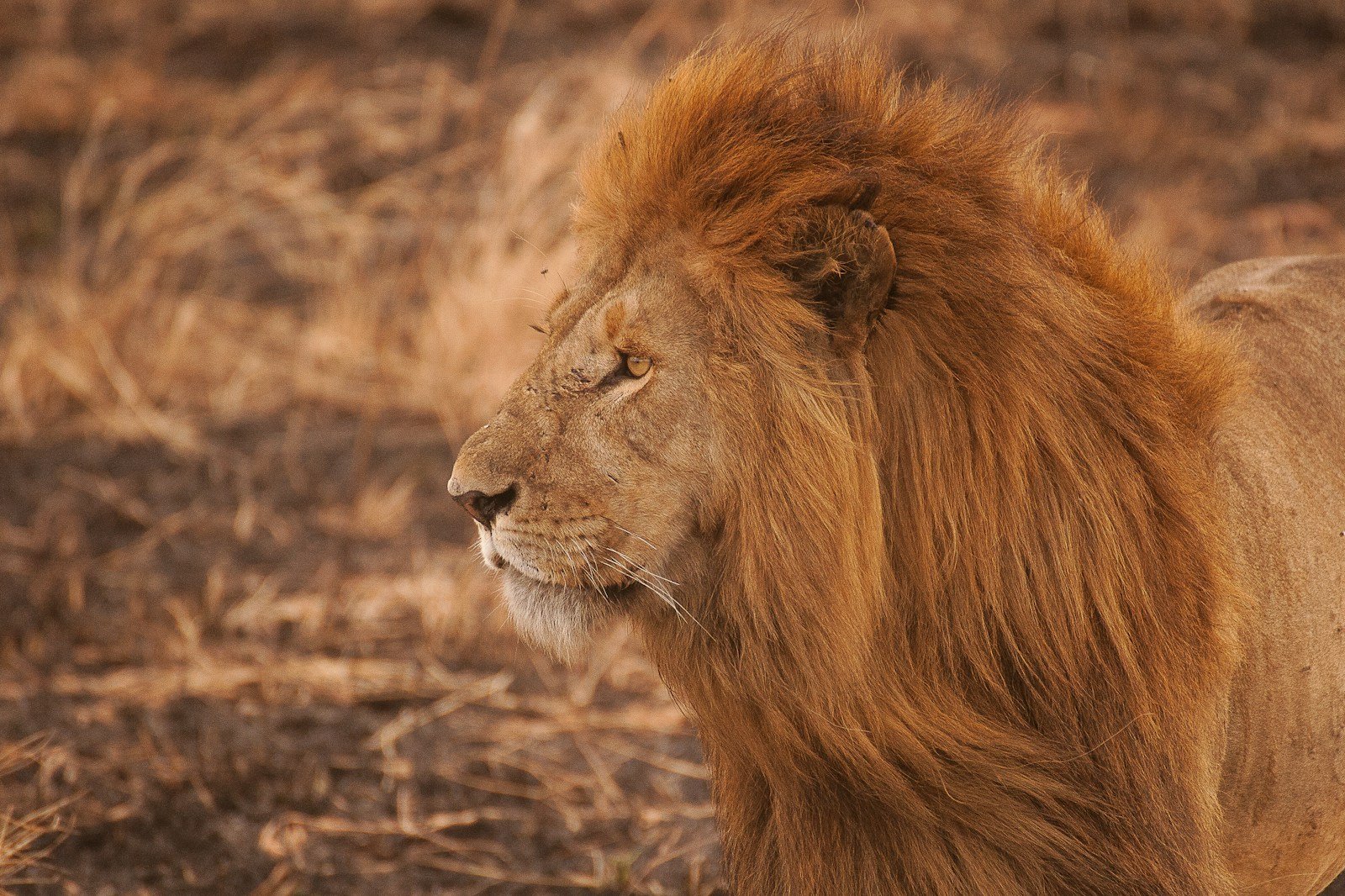
Climate change further complicates the survival of big cats in harsh climates. Rising temperatures and changing weather patterns can alter their habitats, making them less suitable or diminishing prey availability. Understanding these impacts and mitigating them is vital for conservation efforts.
Conservation Efforts and Their Importance
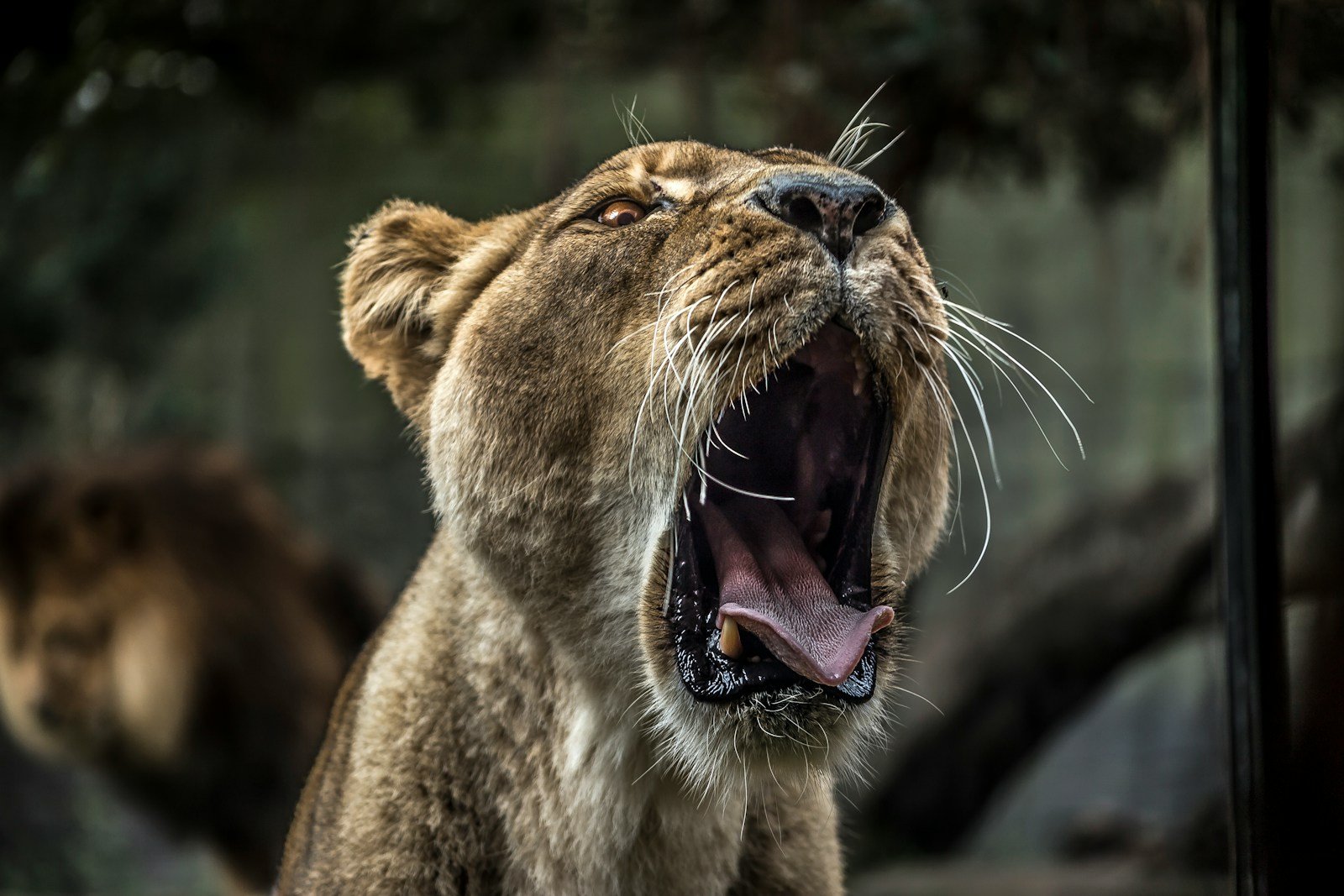
Conservation efforts play a critical role in ensuring the survival of big cats. Programs designed to preserve natural habitats, reintroduce species to their native environments, and regulate hunting practices are essential. Such efforts can help maintain healthy big cat populations even amid environmental changes.
Future Research Directions
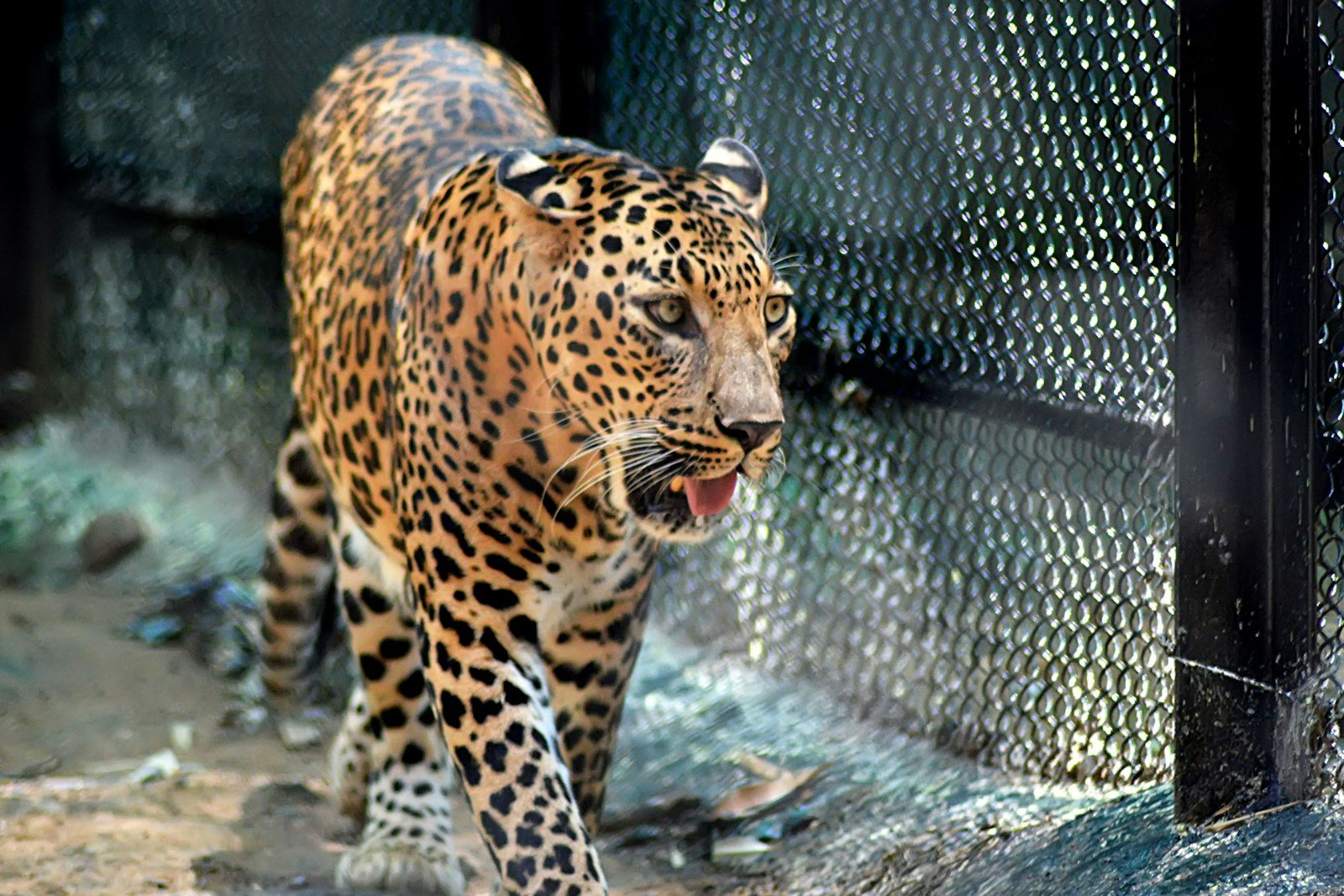
Ongoing research is crucial for understanding how big cats adapt to harsh climates and the challenges they face. Future studies might focus on the genetic basis of adaptations, the impact of climate change, and how conservation strategies can be optimized to support these remarkable animals.
Conclusion
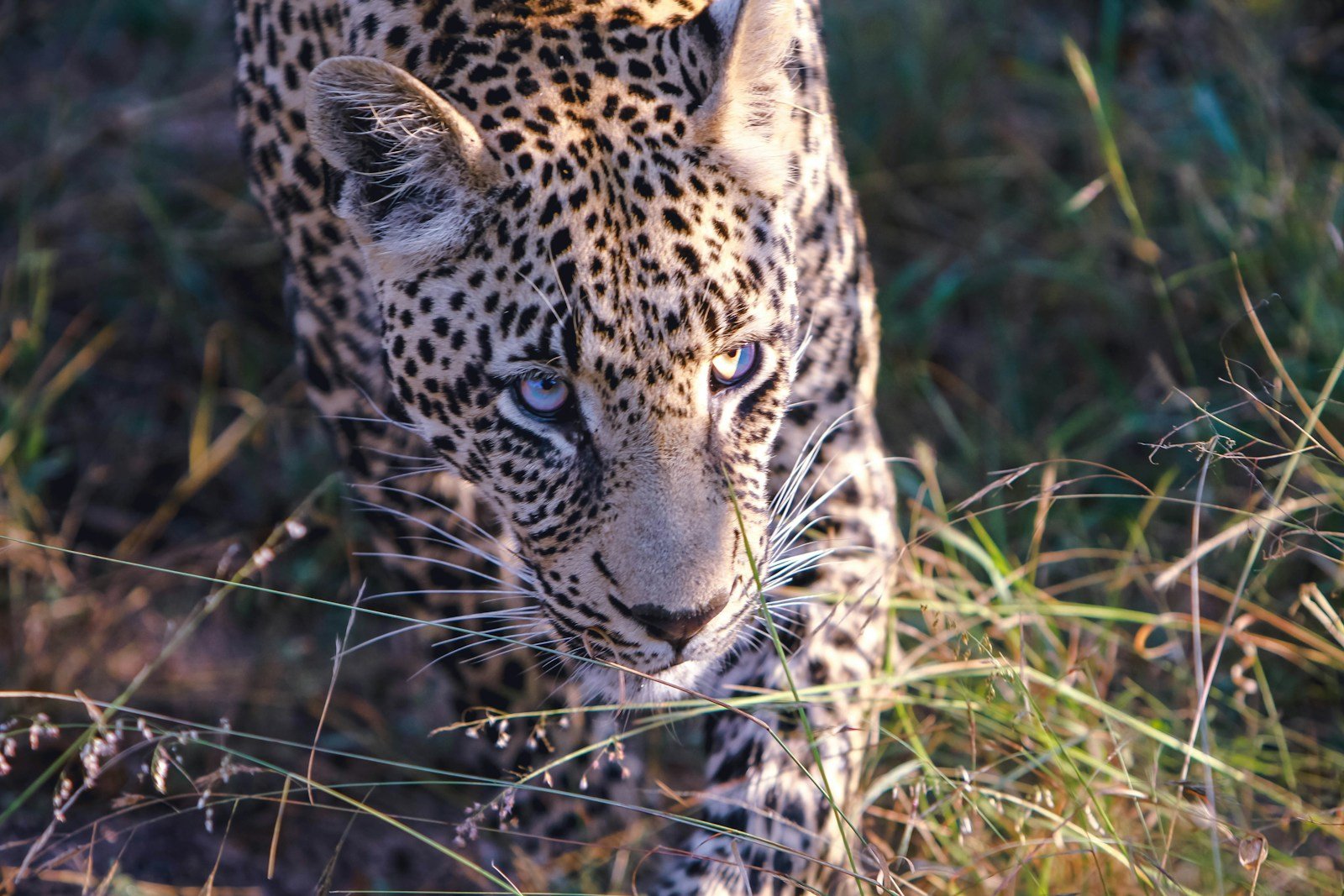
The survival and prosperity of big cats in harsh climates are testament to their remarkable adaptability. While some species thrive due to unique adaptations and ecological niches, others struggle under pressure from environmental changes and human activities. As we continue to learn more about these magnificent creatures, it is imperative to balance human needs and conservation efforts to ensure the future of big cats worldwide.
Hi, I’m Bola, a passionate writer and creative strategist with a knack for crafting compelling content that educates, inspires, and connects. Over the years, I’ve honed my skills across various writing fields, including content creation, copywriting, online course development, and video scriptwriting.
When I’m not at my desk, you’ll find me exploring new ideas, reading books, or brainstorming creative ways to solve challenges. I believe that words have the power to transform, and I’m here to help you leverage that power for success.
Thanks for stopping by, Keep coming to this website to checkout new articles form me. You’d always love it!






